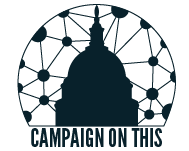As of February, America has nearly 121 million full time workers and 3 million more nonfarm workers now than it did at the start of the recession. But the number of Americans working full-time still isn’t quite back to that figure’s pre-recession high. This chart is a look at the number of Americans who say they “usually work full-time.” The chart below depicts that we are still about 1 million below where we were recession.
We’ve had a full year of monthly payroll growth over 200,000, and that’s excellent news. But one key thing to remember in all of the good jobs news is that not all jobs are created equal. The labor market is healing, but we’re not back to where we started on full-time work. Meanwhile, the number of part-time workers still hasn’t come down from its spike during the recession.
Plenty of people want to work part-time, but only when they are in school, ill, disabled, or are at home taking care of their families. There are a large number of those working part-time who want to work full-time but can’t. This shows that we still have a problem. The latest jobs report found that a little over 6.5 million of America’s part-time workers want more hours. They are “part-time for economic reasons.” That figure has improved dramatically, but even after a long recovery, the number of these people is still really high.
This is a less obvious figure to look for in each month’s jobs report, but in addition to the usual payrolls and unemployment figures, it’s a great measure of strength (or weakness) in the job market, because it tells you if the people we’re counting as employed are as employed as they would like. As it stands, there are still around 6.5 million people who would like more hours but can’t get them — more than 2 million more than pre-recession. A fully healed job market, then, won’t just have a low unemployment rate; it will have lots more people working as much as they want.



